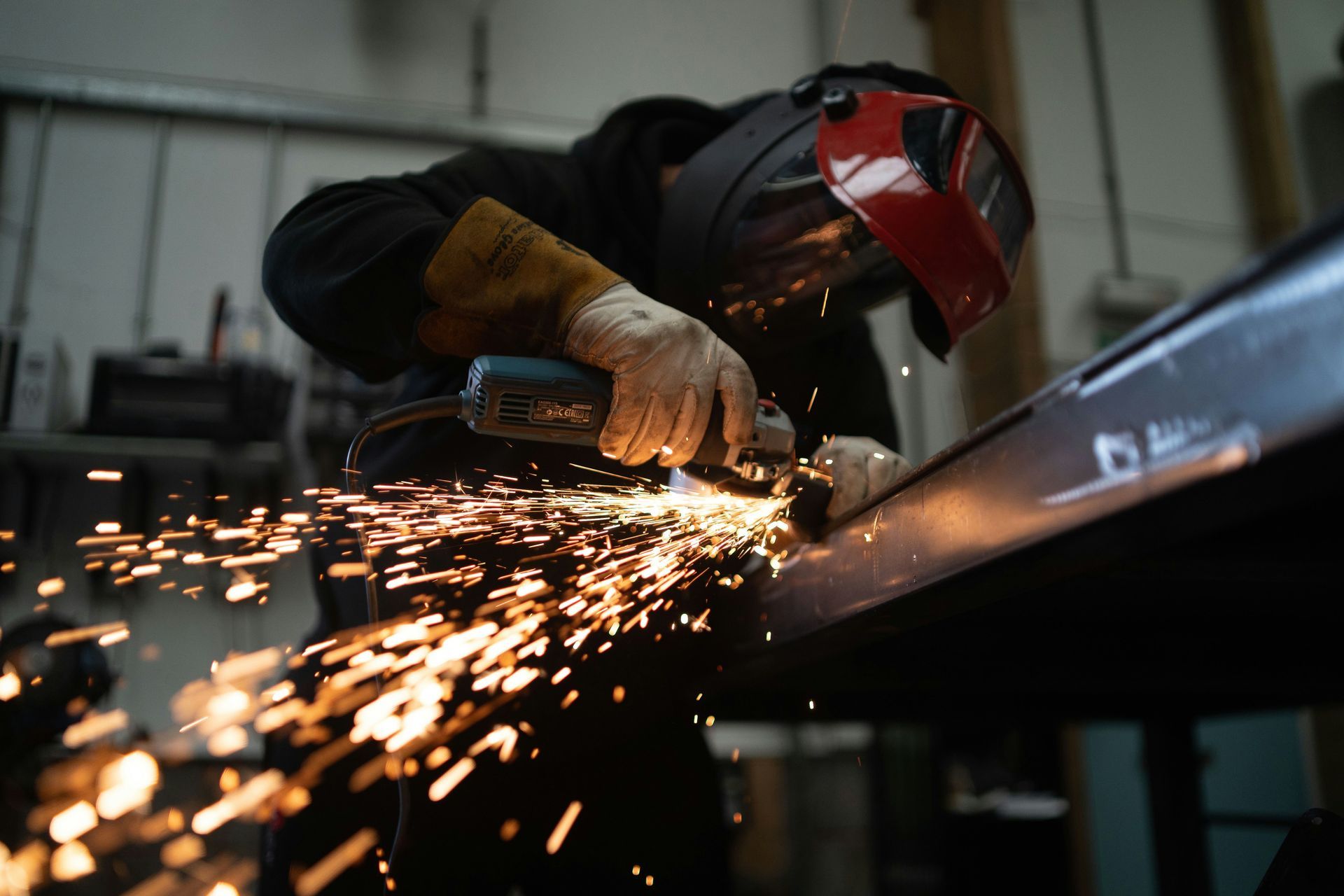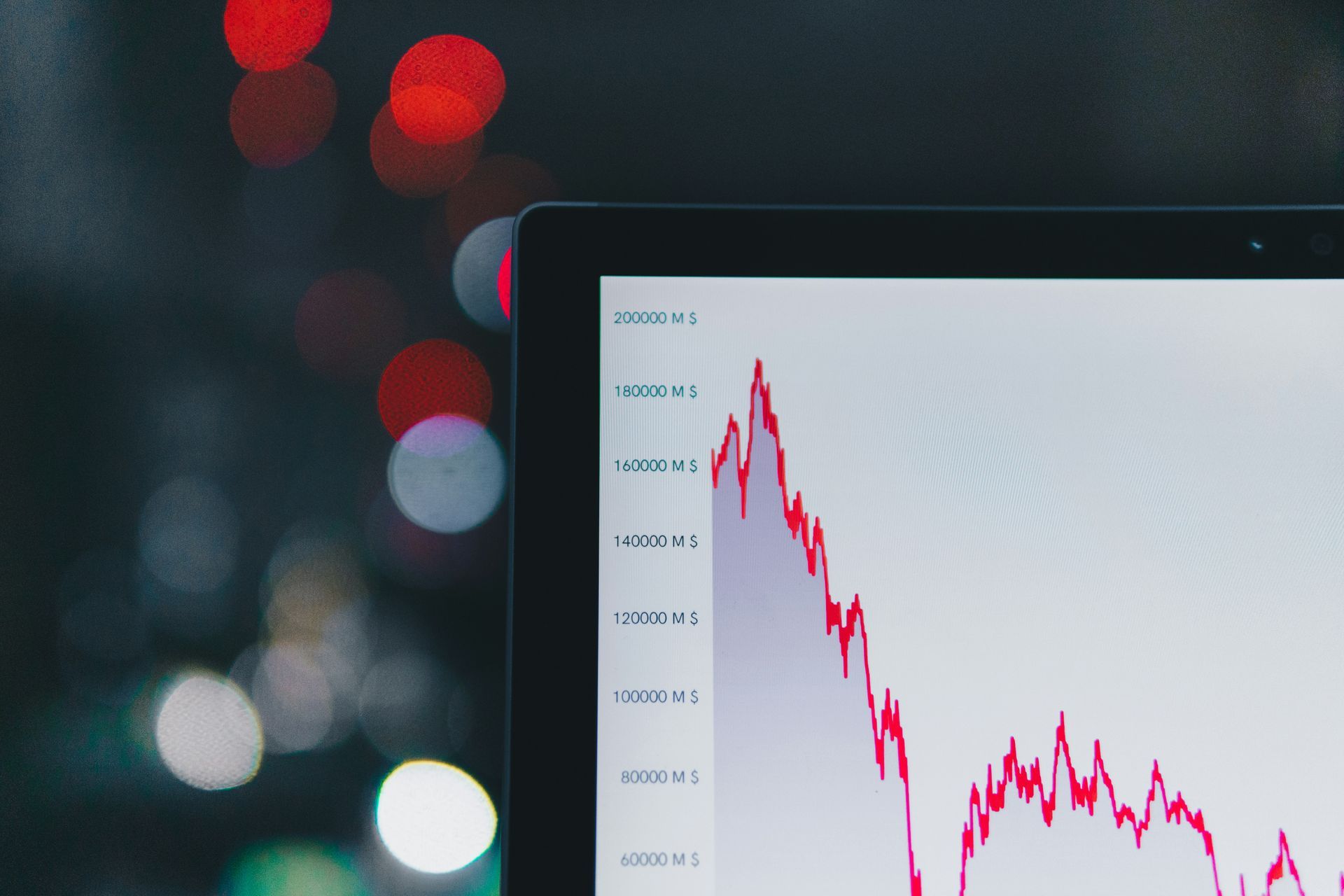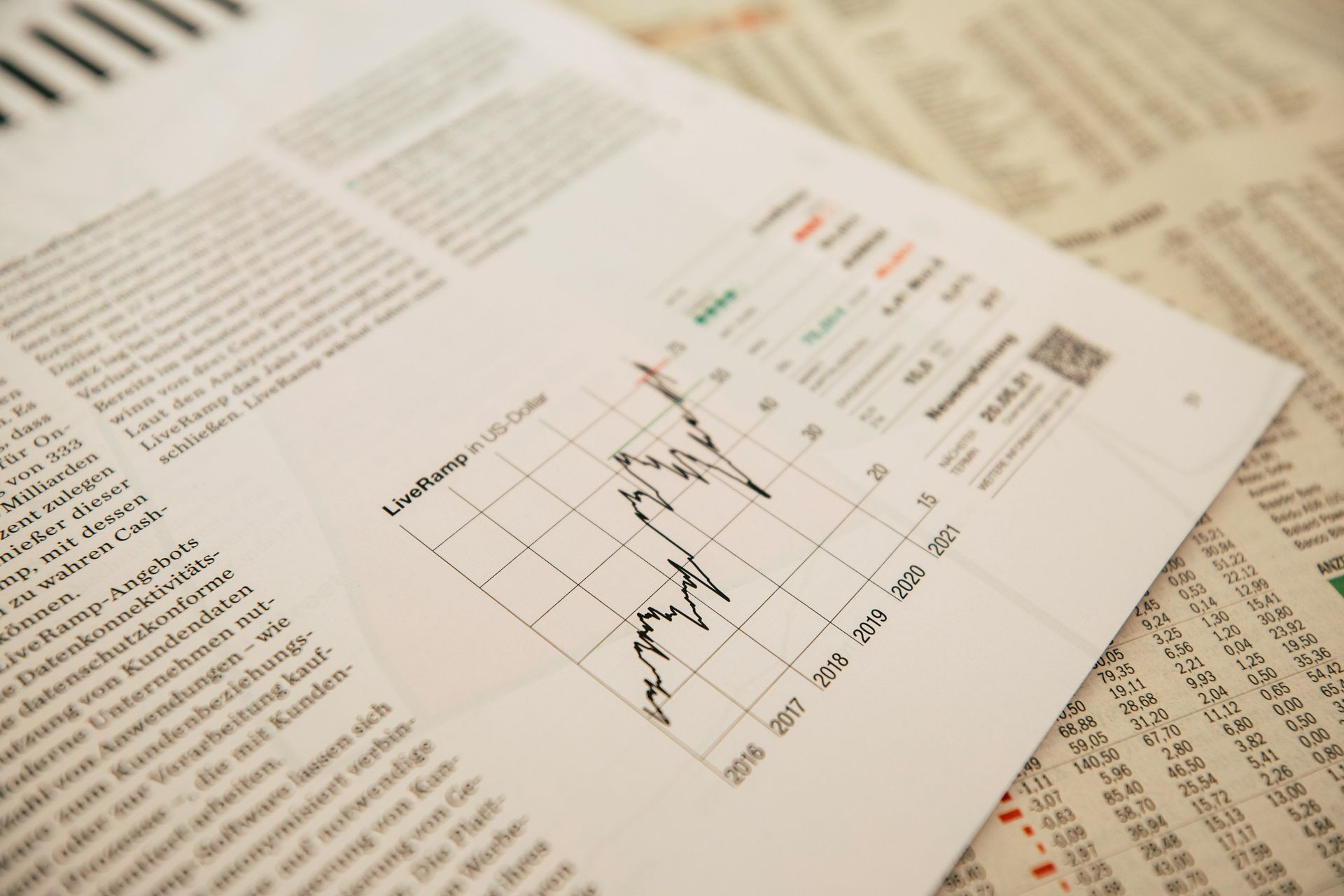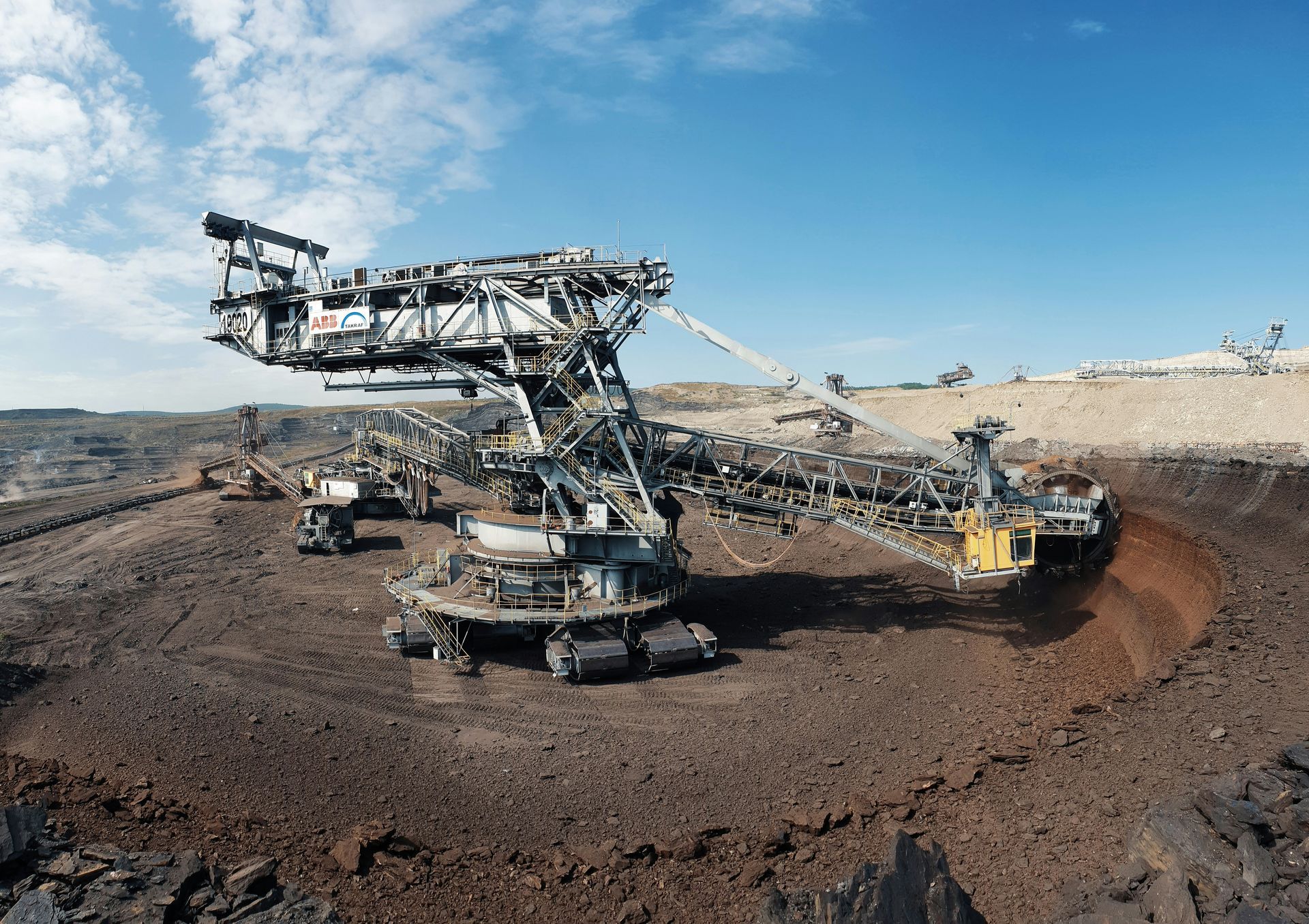Factories of exploitation: forced labor in global manufacturing
Forced labor in manufacturing has become one of the most pressing human rights issues of the past decade. Around the world, tens of millions of people are trapped in factories, workshops, and worksites.
The International Labour Organization (ILO) estimates that forced labor generates illegal profits of about USD 150 billion per year, with manufacturing being a significant contributor.

Consumer Goods Tainted by Forced Labor
From garment sweatshops in South Asia to electronics assembly plants in East Asia, forced labor in manufacturing taints a wide array of consumer goods.
The U.S. Department of Labor’s monitoring has identified over 200 types of goods from 82 countries at risk, with bricks, garments, textiles, footwear, carpets, and fireworks appearing most frequently among products made with forced labor.
Migrant Workers at Higher Risk
Men comprise the majority of forced labor victims in these sectors, often enduring excessive hours, little or no pay, unsafe conditions, and restriction of movement or documentation. Migrant workers are especially at risk – their odds of being in forced labor are over three times higher than non-migrants, as many unscrupulous employers use debts, passport confiscation, or threats of deportation to bind foreign workers to factory jobs.
Women and children are not exempt either: women make up about 42% of forced labor victims and children about 12%, often in sectors like textiles or footwear where they may be paid nothing or trapped in apprenticeship schemes.
The Xinjiang Crisis: A Case of State-Imposed Forced Labor
Over the past five years, China’s Xinjiang Uyghur Autonomous Region has emerged as the most notorious case of forced labor in manufacturing. Multiple reports by governments and human rights organizations have uncovered a massive state-sponsored program of forced labor targeting Uyghur Muslims and other Turkic minorities in Xinjiang.
Since 2017, Chinese authorities have detained up to one million Uyghurs in “re-education” camps and high-security facilities, many of whom have been forced to work in factories both inside and outside Xinjiang. These individuals do not have the freedom to refuse the work; they labor under constant surveillance and threat of further detention, making this one of the largest instances of state-imposed forced labor in recent history.
Xinjiang's Global Supply Chain Links
Xinjiang is a global manufacturing hub for certain commodities – and that is what makes this forced labor crisis a worldwide concern. The region produces over 20% of the world’s cotton and the vast majority of China’s cotton. It is also a major source of textiles, apparel, footwear, electronics components, and polysilicon used in solar panels.
Beyond agriculture, labor transfer programs also move Uyghurs into industrial factories. Teams of officials have been documented going door-to-door in minority villages to recruit “surplus laborers” for distant factories – a process in which refusal can lead to detention.
Such workers are transported across China and placed into manufacturing jobs under closely monitored conditions. Human Rights Watch reported that Uyghur workers relocated this way “fear detention or other sanctions if they refuse,” meaning they effectively have no choice but to comply.
Corporate Exposure and Global Scandals
As awareness has grown, numerous company scandals and investigative exposés have revealed how forced labor in manufacturing touches global brands. These case studies illustrate both the depth of the problem and the rising pressure on businesses to respond.
China is not the only country that has been targeted. In Malaysia, which is home to many factories that rely on migrant labor, Top Glove Corp, the world’s largest medical glove manufacturer, was found in 2020 to be exploiting its migrant workers from South Asia.
U.S. Customs investigators uncovered multiple forced labor indicators at Top Glove – including debt bondage, excessive overtime, cramped and unsanitary living conditions, and confiscation of passports.
These abuses meant workers had to toil 12+ hours a day, sometimes 7 days a week, to pay off recruitment debts, and they were unable to freely quit. In response, the U.S. government imposed an import ban on Top Glove’s products in July 2020, blocking them at U.S. ports. Top Glove was enjoying record profits during the COVID-19 pandemic, but suddenly 22% of its sales market was cut off.
The Top Glove case became a landmark in enforcing labor standards: it proved that trade action against forced labor can drive corporate change. It also shone light on widespread exploitation in Southeast Asia’s manufacturing – since then, at least half a dozen Malaysian electronics and glove factories have faced U.S. import bans for similar forced labor findings.
Wider Regional Abuses: Bangladesh and India
In Bangladesh, the world’s second-largest garment exporter, an undercover 2019 exposé found factory supervisors locking exit doors and forcing seamstresses (some underage) to work overnight to meet production quotas – a practice that borders on forced labor by confinement.
In India, reports have documented the “Sumangali” scheme in textile mills of Tamil Nadu, where young women are bonded to three-year factory stints in exchange for a lump sum dowry payment, often enduring 12-hour days under strict controls – a form of debt bondage.
Forced labor in manufacturing is a grave injustice that has festered in the dark corners of globalization. But with greater awareness and concerted action, those dark corners are getting smaller. Whether it’s a cotton field in Xinjiang, a brick kiln in India, or a glove factory in Malaysia, the world is starting to send a clear message: no product or profit is worth the price of a person’s freedom.



